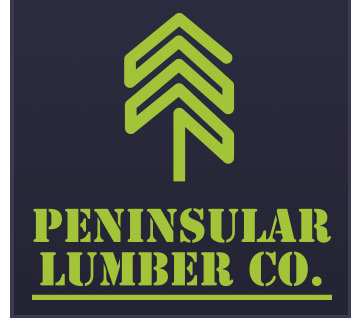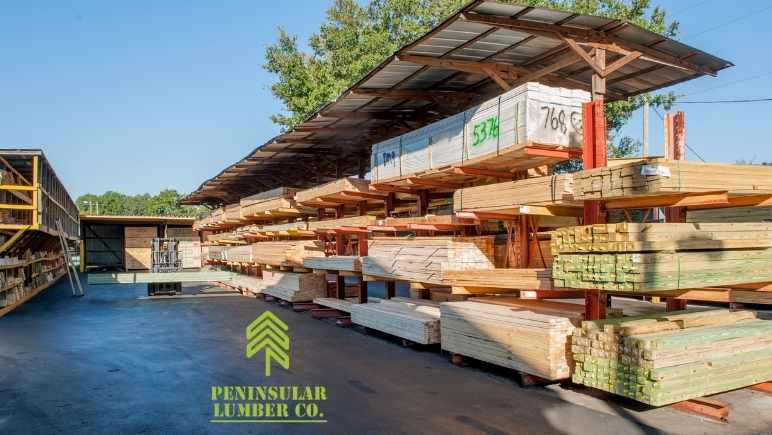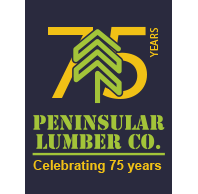Ready to purchase lumber? Here’s a quick guide for your DIY projects.
Lumber can be used for a variety of projects, whether it be for furniture, floors, and other similar uses. If you have taken an interest in woodworking for home remodeling and DIY projects, you might be curious about how to buy lumber. Lumber is a seemingly simple product, so your first thought would be that it should not be too complicated to purchase. However, the moment you walk into a store or browse through an online selection, you realize how difficult the decision is.
With so many options available, how can you choose the right one for your DIY project? Buying lumber is more complicated than it sounds, so it is worth doing some research before you get started with any project. This guide will help you learn more about the basics of buying lumber, so you can be more mindful and selective with your choices.
How to Buy the Correct Lumber for Your Project
Board Size and Dimensions
Understanding board sizes is critical in learning how to buy lumber properly. Lumber is usually cut into predetermined dimensions, which follow the “two-bys” principle that measures thickness and width. It is called dimensional lumber and is sold in sizes like 1×4, 2×2, 2×4, 4×4, and so on. While it may seem straightforward, these measurements do not actually reflect the board’s true size.
The stated or nominal dimensions primarily serve as an industry standard that makes it easier for lumber suppliers to denote size. In reality, the actual dimensions are different and, in most cases, slightly smaller. To make it easier for you to decide, you can find a conversion table online to see the breakdown of the nominal dimensions and corresponding actual dimensions per size.
Hardwood and Softwood
There are two types of lumber to choose from. Hardwoods generally take longer to grow, making them more expensive. Common hardwood lumber includes those from trees like walnut, mahogany, oak, and maple. They tend to be denser and have a more interesting or dynamic grain pattern, making them attractive for most woodworking projects.
On the other hand, softwoods come from coniferous trees like cedar, pine, spruce, and fir. They grow faster, have a straighter grain, and absorb or lose moisture more easily. As their name suggests, softwoods are “softer” in that they can quickly be dented, so you might find them in the form of pressure treated lumber when buying. Pressure-treating involves adding chemicals into the wood to maintain its integrity.
Wood Grading
Quality is measured by lumber grading, which is based on the number of defects found in a board. Naturally, less defects would mean a higher grade of wood.
The National Hardwood Lumber Association classifies hardwoods into the following grades:
● First and Seconds (FAS) – Minimum 6” x 8” board and 83% area of clear cuttings on whole board
● FAS One Face (F1F) – Minimum 6” x 8” board and 83% area of clear cuttings on one side; other side may have minor defects
● Select (SEL) – Minimum 4” x 6” board and 83% area of clear cuttings on one side
● No. 1 Common (1C) – Minimum 3” x 4” board and 66% area of clear cuttings on one side
● No. 2A Common (2C) – Minimum 3” x 4” board and 50% area of clear cuttings on one side
Softwoods are similarly graded, but with the American Softwood Lumber Standard PS 20-70 instead. There are two main categories by which they are graded. The first would be common or nonstress-graded lumber, which is primarily based on strength and serviceability. The second would be appearance boards, which are graded based by “select” since more emphasis is placed on how they look.
These are some of the common softwood lumber grades:
● A Select – No visible defects
● B Select – Few defects but almost perfect
● No. 1 Common – Moderate and relatively small knots
● No. 2 Common – Larger and tighter knots than in No. 1 Common
● No. 3 Common – Larger knots than in No. 2 Common, also contains splits
Sourcing Wood
Another crucial part in learning how to buy lumber is knowing where you can source your wood. Generally, a lumber supply company carries a range of wood species that should give you plenty to choose from. You may also be able to find some boards in home improvement and supply stores, but it might be more challenging to get high quality wood there. As with any other purchase, try to browse through your options before deciding on a supplier.
With that said, it is important to note that lumber suppliers may have requirements with their wood quantities. For instance, some may require a minimum number of board feet, making them more suitable options for large woodworking projects or companies that need wood. Make sure you clarify this with the supplier from the start, so you do not run into any issues once you need to purchase.
Lumber Surfacing
Depending on your project, you might have specific surfacing needs for your wood. Rough-cut lumber is the rawest form, which comes straight from the mill, so it is not surfaced in any way. If you do not have the right equipment to surface your wood, it will be best to ask your dealer to do this for you.
Some of the most common surfacing types used for projects would be S2S (two sides), S3S (three sides), or S4S (four sides). Working with a lumber professional will ensure that you can get your wood needs but take note that this will factor into the price.
Get Quality Lumber from a Trusted Supplier
When it comes to lumber and construction materials, you can trust in the quality of our selection. As a leading lumber company in Tampa, Peninsular Lumber is the go-to source for homeowners, designers, and contractors alike. Whether you know what you are looking for or need some assistance finding the right wood for your DIY project, allow us to help you with your needs. Call us today at 813-875-8804 to get in touch with our team.



